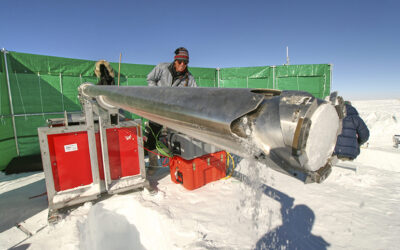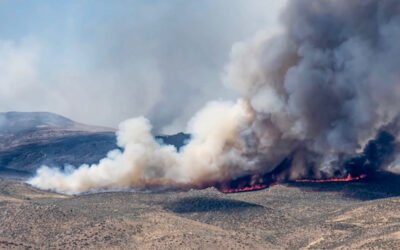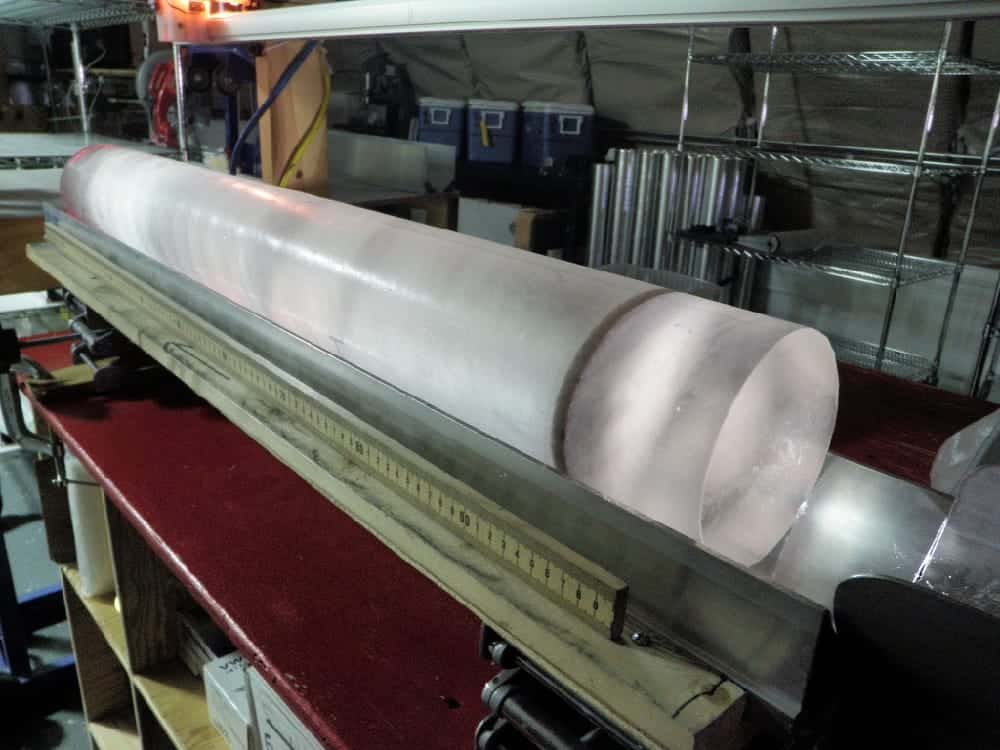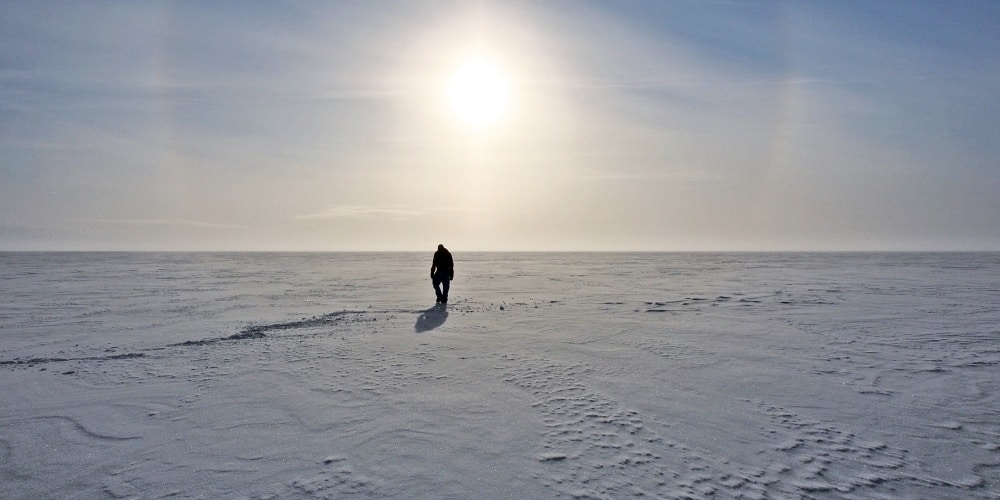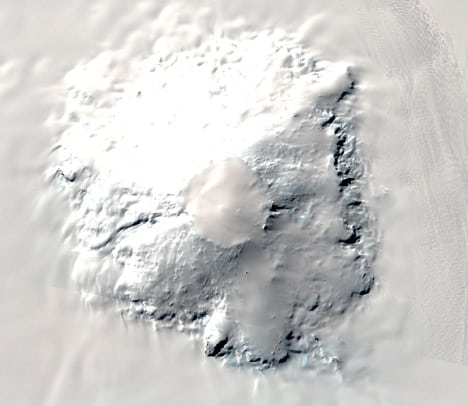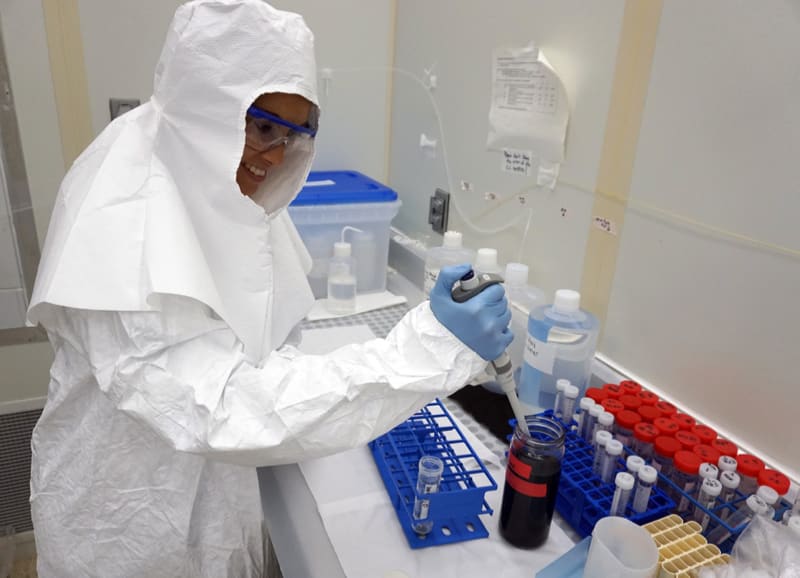An international team of scientists led by DRI found evidence of Southern Hemisphere heavy metal pollution preserved in Antarctic ice cores from early Andean cultures and Spanish Colonial mining that predates the Industrial Revolution by centuries.
DRI’s Hans Moosmuller on Antarctic Expedition to Investigate the Impacts of Pollution Near the South Pole
Hans Moosmuller, Ph.D., joins two Chilean scientists from the Center for Environmental Technologies (CETAM) of the Universidad Tecnica Federico Santa Maria on an expedition to Antarctica’s Unión Glacier, located just a thousand kilometers from the South Pole.
DRI Ice Core Lab Data Shows Magnitude of Historic Fire Activity in Southern Hemisphere
A new study in Science Advances features ice core data from the DRI Ice Core Laboratory and research by Nathan Chellman, Ph.D., Monica Arienzo, Ph.D., and Joe McConnell, Ph.D.
DRI ice core data illustrates climate “teleconnection” between Earth’s poles during climate changes in the last Ice Age
Reno, Nev. (Nov. 28, 2018): This week, new research on historical climate changes in the Earth’s polar regions by an international team of scientists was published in the journal Nature. The study, titled “Abrupt Ice Age Shifts in Southern Westerlies and Antarctic...
Meet Henry Sun, Ph.D.
Henry Sun, Ph.D., is an associate research professor of microbiology with the Division of Earth and Ecosystem Sciences at the Desert Research Institute in Las Vegas. Henry specializes in the study of microscopic organisms that live in extreme environments, often using...
DRI ice core data provides insight into how dust and precipitation reach Earth’s poles
Above: A lone researcher is silhouetted by the summer sun, low in the Antarctic sky. Credit: Bradley Markle, UCSB. Reno, Nev. (Sept. 20, 2018) - In September, new research by a team from the University of California, Santa Barbara, the University of Washington,...
Massive Antarctic Volcanic Eruptions Linked to Abrupt Southern Hemisphere Climate Changes Near the End of the Last Ice Age
Above: A 15-meter pan-sharpened Landsat 8 image of the Mount Takahe volcano rising more than 2,000 meters (1.2 miles) above the surrounding West Antarctic ice sheet in Marie Byrd Land, West Antarctica. Credit: Landsat Image Mosaic of Antarctica (LIMA). USGS and NASA,...
Black Carbon Emissions from Ancient Wildfires Linked to Historical Climate Conditions
Monica Arienzo, PhD, assistant research professor of hydrology at DRI, demonstrates part of the black carbon analysis process in the clean room of DRI’s Ice Core Laboratory. Credit DRI. DRI-led research team publishes longest ice core black carbon record to date Reno,...
